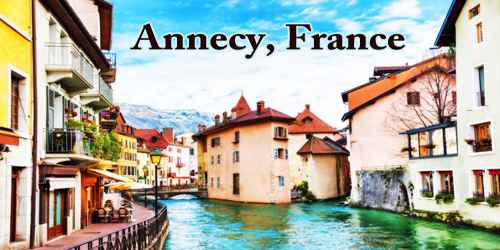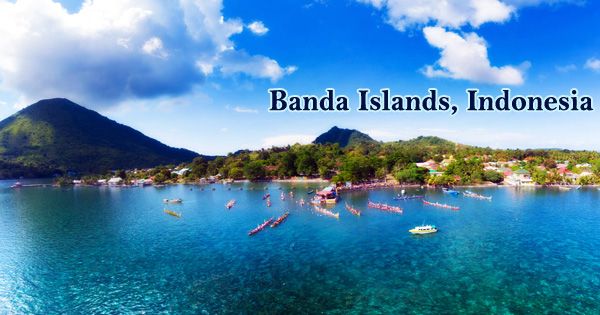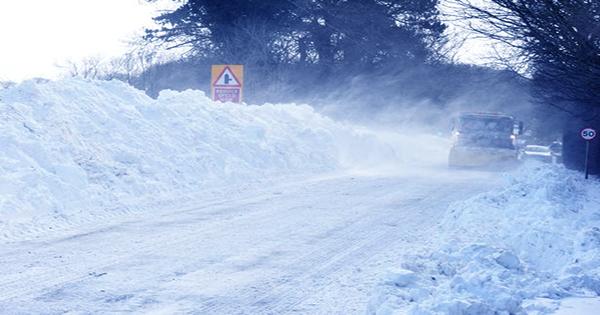Annecy (US: /ˌænəˈsiː, ɑːnˈsiː/ AN-ə-SEE, ahn-SEE, French: ansi; Arpitan: Èneci or Ènneci) is a city of Art with a magnificent architectural harmony and capital of the Haute-Savoie in the Auvergne-Rhône-Alpes region of Southeastern France. It is one of the most picturesque cities in France.
Annecy is simply stunning with castle-studded mountains bordering the old town and Lac d’Annecy. The lake is claimed to be the cleanest in Europe and swimming in the surprisingly warm waters is a must in the summertime. The old town of Annecy is intriguing with Venice-like canals of aqua-colored waters crisscrossing the old streets. The shopping is fantastic as well for those who like a little retail therapy.

It lies on the northern tip of Lake Annecy, 35 kilometers (22 mi) south of Geneva, Switzerland. Nicknamed the “Pearl of French Alps” in Raoul Blanchard’s monograph describing its location between lake and mountains, the city controls the northern entrance to the lake gorge. Due to a lack of available building land between the lake and the protected Semnoz Mountain, its population has remained stagnant, around 50,000 inhabitants, since 1950. However, the 2017 merger with several ex-communes extended the city population to 124,401 inhabitants and 203,078 for its urban area, placing Annecy sixth in the region, behind Annemasse, which had 292,000 inhabitants.
Annecy is the former capital of the Duchy of Geneva (Duché du Genevois), a division of the Duchy of Savoy, which became part of France in 1860. Before then, Savoy had been ruled at different periods by the counts of Geneva, the kings of Sardinia, and France… Savoy is thus a very distinctive area of modern France, and Annecy a distinctive city with a heritage that is Alpine more than French. Its historic center has more in common with Geneva than with Lyon.
As a tourist destination, Annecy is particularly visited for its location on the shore of Lake Annecy at the foot of the Alps, and for its very picturesque old city. Until the Middle Ages, the city was located on the top of a small rise to the east of the lakeside old city; but in 1107, a new city began to develop at the foot of the castle, on either side of the river Thiou, the outlet of the lake. This is the historic “old city” of today’s Annecy.
Switching from the counts of Geneva’s dwelling in the 13th century, to the counts of Savoy’s in the 14th century, the city became Savoy’s capital in 1434 during the Genevois-Nemours prerogative until 1659. Its role increased in 1536, during the Calvinist Reformation in Geneva, while the bishop took refuge in Annecy. Saint Francis de Sales gave Annecy its advanced Catholic citadel role known as Counter-Reformation. The annexation of Savoy merged the city to France in 1860. Sometimes called “Venice of the Alps”, this idyllic and touristic representation comes from the three canals and the Thiou River lying through the old city and whose initial role was to protect the city and to empower its handicrafts. The city experienced an industrial development in the 19th century with silk manufacturing. Some of its industrial legacies remain today with the headquarters of NTN-SNR bearings, Salomon, Entremont, and Dassault Aviation.
Originally just a convenient water-course and in the case of the Canal du Vassé, a protective moat for the old city, Annecy’s waterways later became a useful source of hydraulic power for industrial development, notably silk and small-scale textile mills. Today, they are the hallmark of the very picturesque old city.
Annecy was the site of the second round of General Agreement on Tariffs and Trade (GATT) talks in 1949. In 2012, multiple murders occurred in the Annecy area. The new municipality was established on 1st January 2017 by merger with the former communes of Annecy-le-Vieux, Cran-Gevrier, Meythet, Pringy, and Seynod.
Annecy has an oceanic climate (Köppen: Cfb) in spite of its relatively far inland position. Influenced by its elevation, summers are rather moderate on average, although they can be highly variable with extreme heat spikes. Winters see occasional freezing temperatures, but most often stays in the single-digits during daytime with frequent cold rain. Air frosts are normal during the night and snowfall is not uncommon. It’s neighbor city, Chambéry is in the same situation.
Unlike most historic French cities, Annecy does not have any great significant historic monuments. No great cathedral, no Roman remains, no impressive fortification. The tourist attraction at Annecy is the old city itself, with its very picturesque streets and riverside; and of course the lake too.
It’s easy to spend hours wandering through the narrow streets of Old Annecy. Virtually the whole of the old city is a pedestrian area. With their colorfully painted houses, arcades, boutiques, cafés, and restaurants, the streets and the riverside quays are an enchanting area just to wander around.

In the heart of the old town, the Île palace, a former prison and the Palais de Justice (law courts), is today home to the Annecy History museum. Near this symbolic building of the 12th century, the Sainte-Claire street is also an unmissable place during the visit for its beautiful arcaded houses. Towering over the town, the museum-castle, former residence of the counts of Geneva and the dukes of Genevois-Nemours, is dedicated to archaeology, ethnology, art, history, and alpine lakes.
Apart from the old city, the other great attraction of Annecy is the lake. With its backdrop of soaring Alpine peaks, the lake like the nearby Lac du Bourget is very popular for sailing, boating and pleasure cruising. Lake cruises start from the Quai Napoleon III at the edge of the old town and take passengers to various locations around the lake.
For those who prefer to see the lake at their own pace, and view Annecy from the water, there are half a dozen boat rental locations close to the old town, hiring out everything from pedalos, to dinghies and motorboats.
The Annecy basin is one of the world’s leading locations for the sport of paragliding, an activity of some economic importance to the region. The area regularly hosts major competitions, most recently a leg of the Paragliding World Cup in 2012. Due to its proximity to the lake and the mountains, Annecy is also popular for watersports (sailing, rowing, wakeboarding, water skiing) and wintersports (alpine skiing, snowboarding, Nordic skiing). Le Semnoz, a relatively small ski resort is 35 minutes away from Annecy. Other bigger ski resorts, La Clusaz and Le Grand Bornand are only 40 minutes away. Annecy is also very popular among trail runners and many races are organized year-round, such as the World Trail Running Championships in 2015.
Annecy is surrounded by the Alpine foothills to the west, and the Alps to the east culminating in Europe’s highest peak, le Mont Blanc, on the Italian border above Chamonix. As far as Alpine scenery is concerned, for both summer and winter visitors, the choice is vast. The area offers a wealth of opportunities for winter sports, and for summer activities including hiking, mountaineering, water sports, nature rambles, hang gliding, and much more. The Gorge du fier is one of the oldest tourist sites in the Alps, a very deep and narrow gorge between two vertical rock faces, which can be visited on a vertiginous walkway.
Annecy is part of four cantons (Annecy-1, Annecy-2, Annecy-le-Vieux and Seynod); it is the prefecture of Haute-Savoie.
Since 2017, Annecy has consisted of six delegate cities: Annecy; Annecy-le-Vieux; Cran-Gevrier; Meythet; Pringy; and Seynod. Local government consists of a city council with 202 members. The number of members in each commune delegate depends upon its population. The Mayor is Jean-Luc Rigaut (UDI) since 2007. The intercommunality of Annecy, Communauté d’agglomération du Grand Annecy, includes 34 municipalities.
The market of the old Annecy is a tradition that continues since the Middle Ages. It is therefore every Wednesday that visitors will meet in the streets of the old Annecy with the local producers.
During February, visitors can participate in the Venetian Carnival of Annecy. Without noise or drumming, more than 350 people wearing masks and Venetian costumes paraded silently through the streets of Annecy and pose for the photographers. This event in homage to the Carnival of Venice came naturally because Annecy was nicknamed the Venice of the Alps.
Information Sources:
















